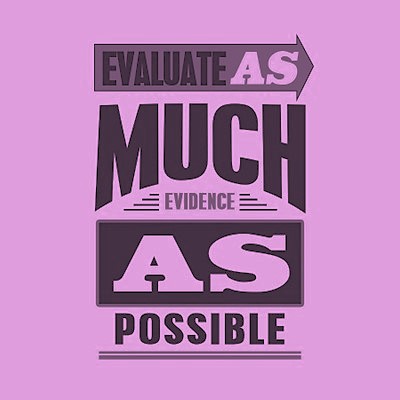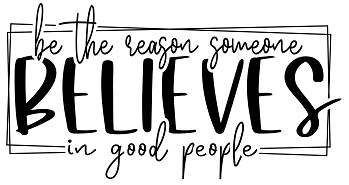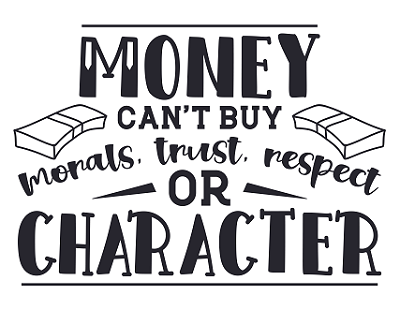Critical Thinking
 One of the best skills you can develop to get ahead at work and in general life is problem-solving. If you can get good at this one skill, it will become easier to move ahead in your career, move into more of a leadership position and deal with everyday problems that pop up, without stressing about them.
One of the best skills you can develop to get ahead at work and in general life is problem-solving. If you can get good at this one skill, it will become easier to move ahead in your career, move into more of a leadership position and deal with everyday problems that pop up, without stressing about them.
Let’s take a closer look at how critical thinking can help us solve the problems big and small that we all encounter throughout our lives. As it turns out, critical thinking is one of the best problem-solving tools out there.
It’s a Logical Process
When faced with a big problem it’s easy to get overwhelmed and ready to stick your head in the sand. By focusing on the problem in a way that taps into your critical thinking skills, you quickly get over the initial fear. Critical thinking gives you something easy to do right away – gathering data. Then you work through a logical process that helps you sort and analyze all the information you’ve discovered. It’s all very logical and step-by-step. Continue reading
 One of the best ways to get into critical thinking mode is to ask specific questions that guide you along the way. Here are five of them, that most critical thinkers ask themselves, in this particular order. Use them to help you work through your thought processes when things get complicated or involved.
One of the best ways to get into critical thinking mode is to ask specific questions that guide you along the way. Here are five of them, that most critical thinkers ask themselves, in this particular order. Use them to help you work through your thought processes when things get complicated or involved.
Question #1 – Who, What, When, and Where?
The first question you want to ask yourself is all about gathering basic data. It’s the who, what, when, and where. Obviously, you don’t need every one of these for each case, but it will get you thinking about the information gathering process.
For simpler problems, you may answer these questions in your head. For more involved and complicated ones, it helps to collect all applicable data in one place. That may mean making a list or creating a project folder on your computer. Find a system that works for you and that makes it easy to access and organize the information as you continue to work through this critical thinking process. Continue reading





